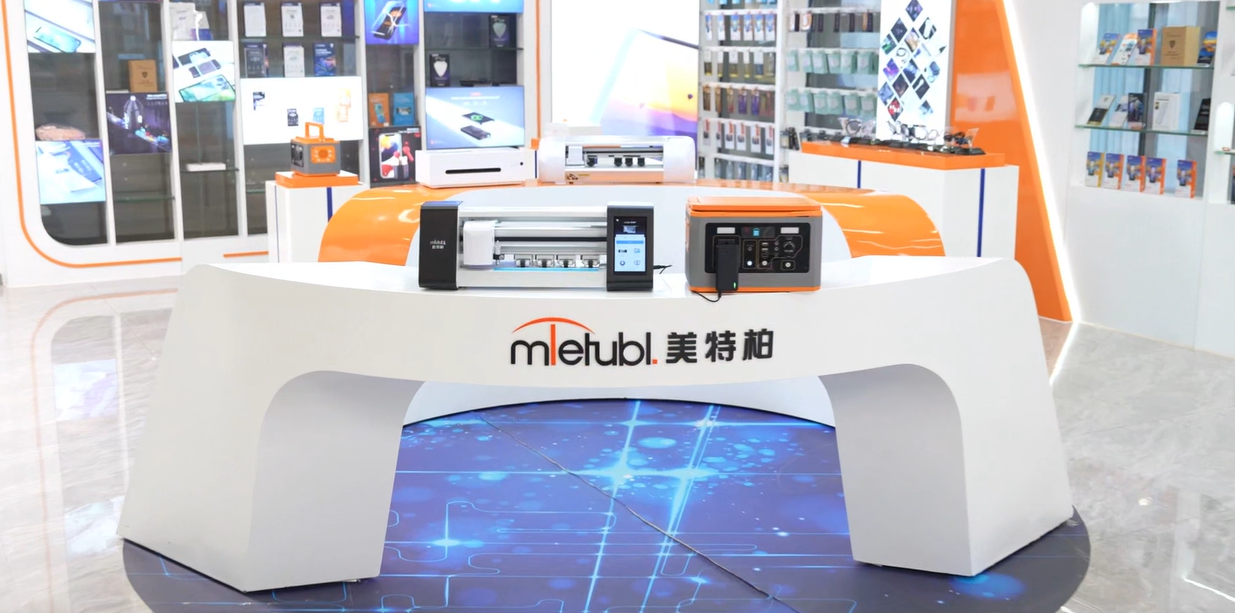
MIETUBL Brand Overview
MIETUBL is a brand originating from China and thriving through China’s intelligent manufacturing. It is committed to providing high-quality mobile accessories and related products to global consumers. Since its inception in 1998, the brand has followed the trends of the times, focusing on resource integration and building a symbiotic and shared industry ecosystem, enabling global consumers to conveniently access quality products that enhance their lives.
By continuously innovating and diversifying its product offerings, MIETUBL has achieved significant success in the mobile accessory industry. As a brand driven by customer value and innovation, MIETUBL has expanded into various product applications while accumulating rich industry experience and establishing a stable customer base. Headquartered in Zengcheng, Guangzhou, the company has strategically positioned itself within the mobile accessory industry, integrating high-quality production resources and aiming for a win-win business model.
Core Values and Development Vision:
-
Customer-Centric: MIETUBL always prioritizes customer needs, continually enhancing product quality and consumer experience through innovation and technological research and development.
-
Resource Integration and Industry Symbiosis: By integrating industry resources, MIETUBL creates a symbiotic, shared industry ecosystem, connecting global distributors and consumers, and promoting mutual growth across the value chain.
-
Global Vision: MIETUBL is committed to bringing Chinese manufacturing to the world, providing global consumers with high-quality, innovative mobile accessories, while offering profitable opportunities for distributors.
MIETUBL’s long-term vision is to continually enhance its products through innovation and quality, establishing “MIETUBL” as a globally trusted brand, recognized in markets around the world.
PRODUCTS
Why Tempering Glass is Essential for High-Pressure Environments
Enhanced Strength and Durability
The fundamental reason tempering is essential in high-pressure environments lies in its dramatic enhancement of glass's strength. Annealed glass, created through a simple cooling process, possesses inherent internal stresses that are randomly distributed. This means that even a small imperfection or impact can lead to catastrophic failure, propagating a crack across the entire pane. Tempering, on the other hand, introduces controlled compressive stresses on the glass surface. This surface compression counteracts tensile stresses that would otherwise be generated by external forces, like pressure.
Imagine a tightly wound spring. The compression on the surface of the tempered glass acts like this spring, resisting deformation and preventing the propagation of cracks. Even when subjected to significant pressure, the compressive stresses resist the onset of fractures. This greatly increases the load-bearing capacity of the glass, making it considerably more resistant to shattering under high-pressure conditions compared to its annealed counterpart.
Increased Impact Resistance
High-pressure environments are frequently associated with potential impacts from debris, objects, or even pressure surges. Tempered glass offers a substantial advantage in mitigating the effects of such impacts. The compressive surface layer acts as a protective shield, significantly improving the glass’s resistance to damage from external forces. When an impact occurs, the compressive stresses absorb and distribute the energy, preventing the rapid propagation of cracks that would readily lead to shattering in annealed glass.
This enhanced impact resistance is particularly crucial in applications where safety is paramount. For example, in deep-sea submersibles, the tempered glass viewing ports must withstand both the immense external pressure and the potential for impacts from marine life or debris. The increased resistance provided by tempering ensures the integrity of the viewing port and the safety of the occupants.
Safety in Failure
Even when tempered glass does eventually fail under extreme pressure, its failure mode is considerably safer than that of annealed glass. Annealed glass shatters into large, sharp shards that pose a serious safety hazard. Tempered glass, however, when it breaks, fractures into relatively small, relatively blunt pieces, minimizing the risk of severe injuries. This "dicing" effect is a crucial safety feature in high-pressure applications where a catastrophic failure could have devastating consequences.
This safety aspect is not merely a convenience; it’s a critical design consideration. In applications like pressure vessels in industrial settings, the potential for injury from shattering glass is significant. Tempering mitigates this risk substantially, making the overall system safer and more reliable.
Conclusion
In summary, the use of tempered glass in high-pressure environments is not simply a matter of preference; it's a fundamental necessity. The superior strength, impact resistance, and safer failure mode of tempered glass compared to annealed glass make it indispensable for ensuring the integrity, reliability, and safety of countless high-pressure applications. The controlled compressive stresses introduced during tempering represent a critical advancement in materials science, enabling the use of glass in extreme conditions where its inherent fragility would otherwise be a significant limitation.
SUBSCRIBE
INQUIRY